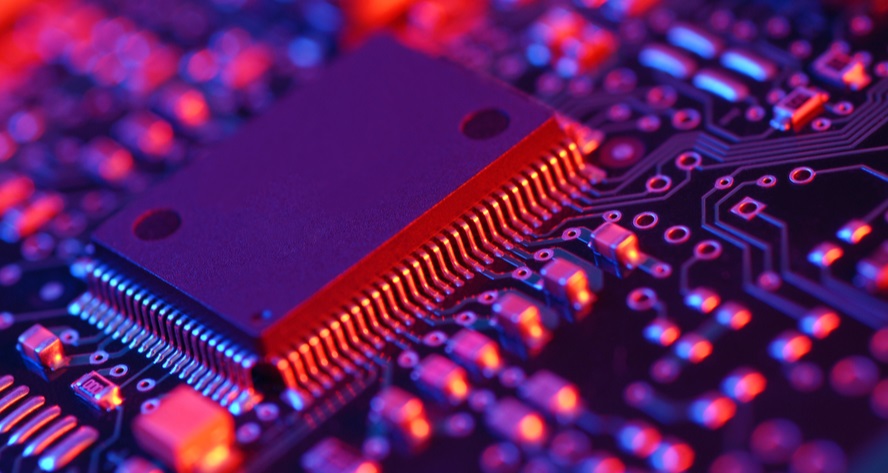What is an IC board components?It is developed on the basis of the relevant technologies of the PCB board, and is used to establish the signal connection between the IC and the PCB, playing a "bridging" role.
In the mid-1990s, a new type of IC high-density packaging represented by ball grid array packaging and chip size packaging came into being, and the IC substrate came into being.
In short, the IC substrate is the key substrate for advanced packaging of integrated circuits, a "special" PCB.
What's special is that almost all aspects of the packaging of integrated circuits are carried out on or related to the IC substrate.
Among the four basic technologies involved in electronic packaging engineering, namely thin and thick film technology, micro-interconnection technology, substrate technology, sealing and packaging technology, substrate technology is in a key and core position.
Of course, IC substrates can even be embedded with passive and active devices to achieve certain system functions.
The role and types of packaging substrates
In the field of chip packaging, there are many types of packaging that use packaging substrates (carriers), such as BGA (Ball Grid Array), QFP, PGA, SiP, CSP, PoP, etc. Different types of chip packaging use different packaging substrates, so what are the common packaging substrates?
The role of packaging substrates
The packaging substrate has the following main functions in the packaging: electrical connection, physical protection, stress relief, heat dissipation and moisture resistance, size transition, standardization, standardization, etc., which are gradually being partially or fully undertaken by the packaging substrate. In the field of high-end packaging, IC carriers have replaced traditional lead frames and become an indispensable part of chip packaging.

ic board components
Types of packaging substrates
According to the material of the substrate, I divide it into flexible substrates and rigid substrates. Flexible substrates refer to substrates that can be bent and folded. Rigid substrates refer to substrates with strong rigidity and cannot be bent. Flexible substrates are thin and highly flexible, while rigid substrates have fixed shapes and forms.
What are the types of materials for flexible substrates?
Common flexible substrate materials: PI (polyimide), PET (polyester), PEEK (polyetheretherketone), PDMS, etc.
What are the disadvantages and advantages of flexible substrates?
Disadvantages: serious warping problems; complex and difficult processing; the coefficient of thermal expansion CTE is quite different from other materials (such as solder mask).
Advantages: light weight and affordable; sufficient flexibility and bending ability.
What are the types of materials for rigid substrates?
Common rigid substrate materials: FR4, ABF, BT, ceramics, etc.

IC board components
Rigid substrate material - FR4
FR4 is the most commonly used type of material in the manufacture of printed circuit boards (PCBs). "FR4" stands for "Flame Retardant Type 4". A composite material formed by impregnating glass fiber cloth in epoxy resin and then undergoing heat pressing and curing. It has the characteristics of high mechanical strength, excellent electrical insulation, good flame retardancy, and good thermal stability.
Rigid substrate material - ABF
ABF (Ajinomoto Build-up Film) is a highly durable and rigid material used in high-end chip packaging such as GPU and CPU. It was developed by Ajinomoto Co., Ltd. and belongs to the category of laminated film materials. It is often used as the inner insulating material of the package substrate. In the figure below, the ABF layer is placed between the PCB and the chip. Generally, the higher the computing power of the chip, the more ABF material is needed to ensure normal operation.
Rigid substrate material - ceramic
Commonly used ceramic materials include aluminum nitride (AlN), beryllium oxide (BeO), aluminum oxide (Al2O3), silicon carbide (SiC), etc., which are relatively early laminated materials. Ceramic materials are obtained in the form of powder by grinding to obtain particles of suitable particle size, and then through molding, metallization, lamination, cutting, high-temperature sintering, grinding and polishing, nickel and gold immersion, etc. It has a certain brittleness and is suitable for chip products with high power, high frequency and high reliability requirements.
Hoping you will have a good understanding of ic board components!